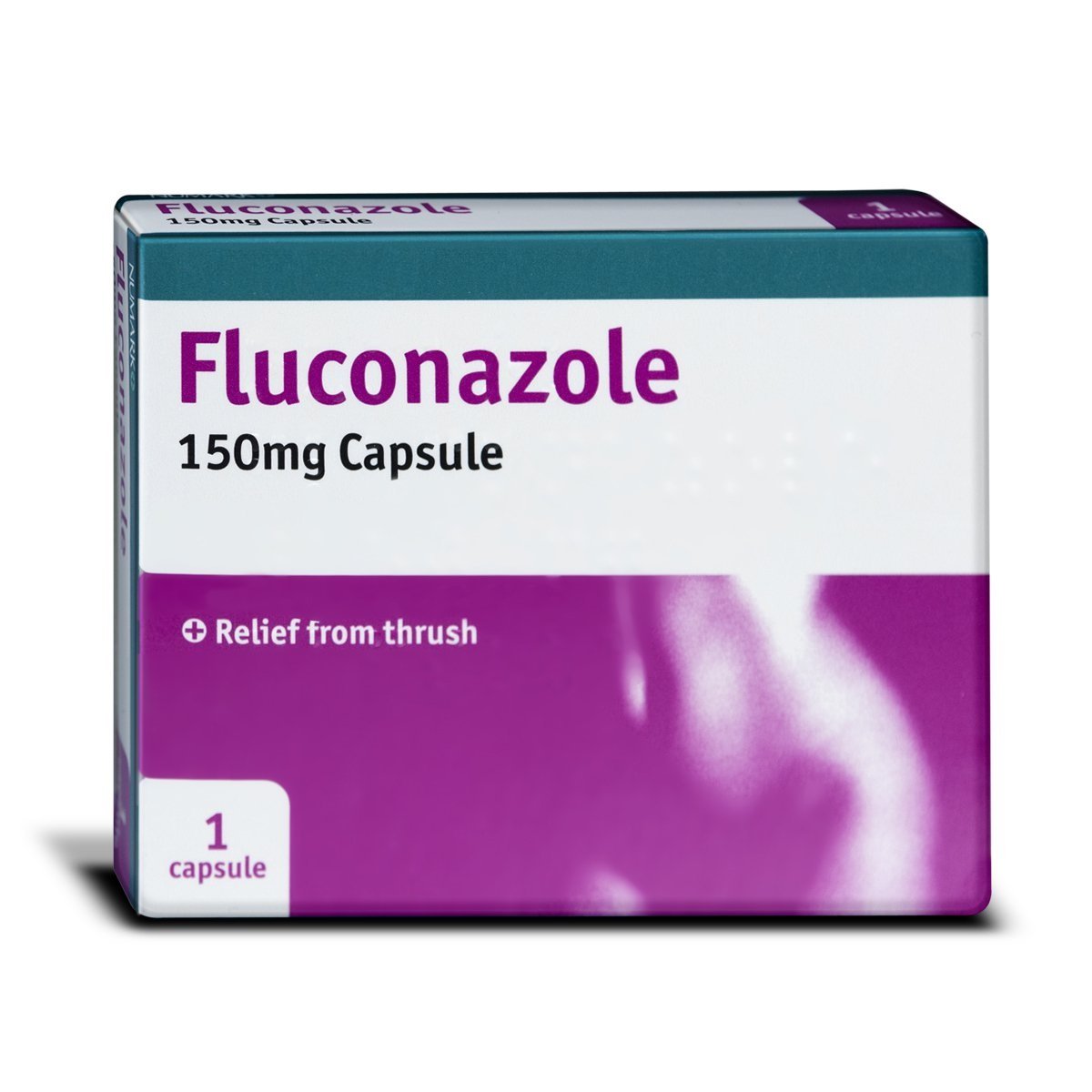Fluconazole is a triazole antifungal medication that has been widely used for the treatment of various fungal infections. It is a synthetic derivative of bis-triazole, which inhibits the synthesis of ergosterol, an essential component of fungal cell membranes. This disruption of ergosterol production leads to the death of fungal cells, ultimately treating the infection.
Overview of Fluconazole’s Mechanism
Fluconazole works by interfering with the production of ergosterol, a critical component of the fungal cell membrane. Ergosterol is responsible for maintaining the integrity and fluidity of the cell membrane. Without it, the cell membrane becomes dysfunctional, leading to cell lysis and ultimately the death of the fungal cells. This mechanism makes fluconazole effective against a wide range of fungal pathogens.
Common Uses of Fluconazole
Vaginal Candidiasis: Fluconazole is commonly prescribed for the treatment of vaginal yeast infections caused by Candida species, particularly Candida albicans. It is often given as a single dose.
Oropharyngeal Candidiasis: This condition, also known as thrush, is characterized by the overgrowth of Candida in the mouth and throat. Fluconazole is an effective treatment, especially in patients with weakened immune systems.
Esophageal Candidiasis: Candida infections of the esophagus can be severe, particularly in immunocompromised patients. Fluconazole is used to treat this condition, often after an initial diagnosis through endoscopy.
Cryptococcal Meningitis: This is a serious fungal infection that affects the brain and spinal cord, primarily in individuals with HIV/AIDS. Fluconazole, often in combination with other antifungal medications, is a key component of the treatment regimen.
Coccidioidomycosis: Also known as Valley fever, this fungal infection is caused by Coccidioides species. Fluconazole is used to treat severe forms of the disease, including those that affect the central nervous system or the bones and joints.
Prevention of Candidiasis in Bone Marrow Transplant Recipients: Fluconazole can be used prophylactically in patients undergoing bone marrow transplantation to prevent Candida infections, which can be life-threatening in these individuals.
Administration and Dosage
Fluconazole is available in oral and intravenous forms. The dosage varies depending on the type and severity of the fungal infection. For example, a single dose of 150 mg is commonly used for vaginal candidiasis, while more complex infections like cryptococcal meningitis may require higher doses (initially 400 mg on the first day, followed by 200-400 mg daily) and longer treatment durations.
Side Effects and Precautions
While generally well-tolerated, fluconazole can cause side effects, including nausea, vomiting, diarrhea, and abdominal pain. More severe but rare side effects include liver damage and severe skin reactions. It is crucial for patients to be monitored for these effects, especially when taking fluconazole for extended periods. Additionally, fluconazole can interact with various medications, altering their effectiveness or increasing the risk of side effects, so it’s essential to inform healthcare providers about all medications being taken.
Resistance and Future Directions
The increasing use of fluconazole has led to concerns about resistance among fungal pathogens. Resistance, particularly in Candida species, can limit the effectiveness of fluconazole, necessitating the development of new antifungal agents and strategies to combat resistance.
In conclusion, fluconazole is a versatile and effective antifungal medication used for treating a variety of fungal infections. Its ease of use, relatively favorable side effect profile, and broad spectrum of activity make it a valuable tool in clinical practice. However, the emergence of resistance and the potential for drug interactions highlight the need for careful use and ongoing monitoring.
What is the most common use of fluconazole?
+Fluconazole is most commonly used to treat vaginal yeast infections caused by Candida species.
How does fluconazole work against fungal infections?
+Fluconazole works by inhibiting the synthesis of ergosterol, a critical component of the fungal cell membrane, leading to cell death and ultimately treating the infection.
What are the potential side effects of fluconazole?
+Common side effects include nausea, vomiting, diarrhea, and abdominal pain. Rare but serious side effects include liver damage and severe skin reactions.
Can fluconazole be used to prevent fungal infections in certain patients?
+Yes, fluconazole can be used prophylactically in patients undergoing bone marrow transplantation to prevent Candida infections.
Is fluconazole effective against all types of fungal infections?
+No, fluconazole has a specific spectrum of activity and may not be effective against all types of fungal infections. The emergence of resistance among some fungal pathogens is also a concern.



